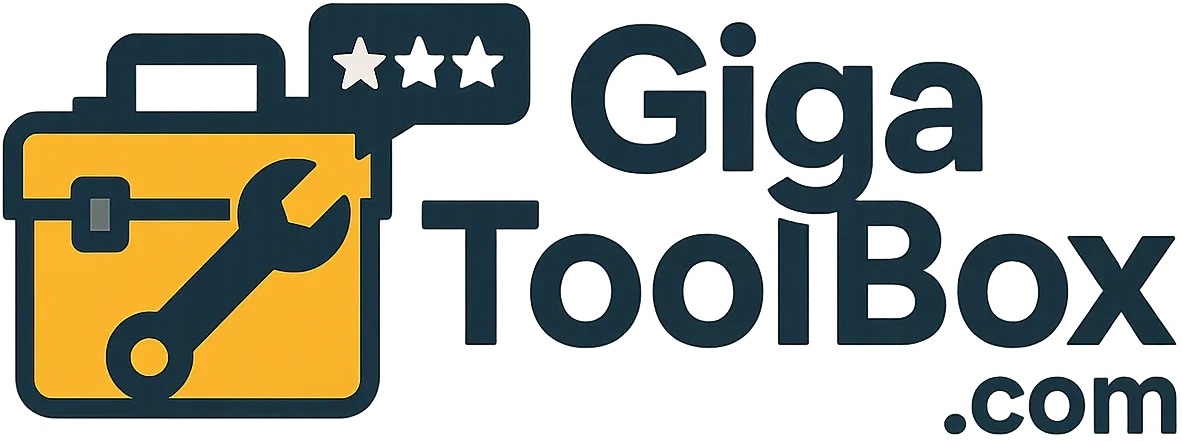
Semrush isn’t just a toolkit—it’s an operating system for digital marketing. I’ve used it across client SEO campaigns, content audits, PPC strategy, and competitive analysis for over two years, and it continues to be my most relied-upon platform. This review is based on that direct, hands-on experience—not a regurgitation of its feature list.
What makes Semrush powerful is its ability to turn raw data into actionable intelligence. It doesn’t just track keywords or spit out reports. It connects your content strategy with your SEO execution, links your ad campaigns to competitor movements, and gives you real-time diagnostics on what’s working and what’s not.
Real-World Experience: What Using Semrush Actually Feels Like
Using Semrush every day feels like having a control room for your marketing operations. You set up a “Project” per website, and from there, you plug into everything from keyword tracking to backlink audits. It’s structured like a digital command center—designed for depth, but manageable once you lock in your workflows.
When onboarding a new client, for example, I use the Domain Overview tool to benchmark their current traffic, then immediately spin up a Site Audit and Keyword Gap analysis. This entire process takes less than 20 minutes but delivers the backbone of a full strategic roadmap. That’s what Semrush excels at—speeding up diagnosis and guiding execution.
Key Tools That Deliver ROI
1. Keyword Magic Tool
I use this constantly for building topical maps and content clusters. It doesn’t just give keyword ideas—it intelligently groups them by intent and semantic relevance. This is invaluable when building blog calendars or mapping buyer journeys.
2. Site Audit
The Site Audit is brutal—in a good way. It catches canonical issues, pagination problems, crawl traps, and even schema errors. When a client’s ranking drops, this is the first tool I fire up.
3. Content Audit & SEO Writing Assistant
These tools have saved months of editorial waste. The content audit surfaces underperforming articles, and the assistant helps rewrite content inline with top competitors. I’ve used it to boost old blogs from page 3 to the top 5 positions in under 6 weeks.
4. Position Tracking
I love that it allows mobile/desktop toggling, location segmentation, and even filters by SERP features (e.g., featured snippets). It gives granular visibility on what you’re ranking for—and more importantly, why movement happens.
5. Backlink Gap & Link Building Tool
This combo makes link building proactive. I pull backlink reports for my top three competitors, compare them to my client’s domain, and identify authoritative sites we’re missing. Then I send outreach directly from Semrush.
What Sets It Apart
- Connected Data: It’s not just a keyword tool or a crawler. It ties together organic rankings, paid ad research, backlink health, and content performance into one view.
- Proactive Suggestions: The built-in Copilot AI suggests actions based on audits, traffic trends, or competitor shifts. It doesn’t just alert—you get to act.
- Client-Ready Reporting: Branded, automated reports make client communication clean and scalable. You can even schedule delivery and integrate live data.
Pricing: What You Actually Get at Each Tier
Semrush isn’t cheap—but for what it offers, the cost makes sense if you’re actively managing SEO, content, or paid search.
| Plan | Price (Monthly) | Ideal For | Includes |
|---|---|---|---|
| Pro | $139.95 | Freelancers, solo marketers | Up to 5 projects, 500 keywords tracked, core SEO tools |
| Guru | $249.95 | Growing agencies, in-house teams | Content toolkit, historical data, 15 projects, branded reports |
| Business | $499.95 | Enterprises, large agencies | API access, white-label reports, 40+ projects, extended limits |
Each plan comes with site audits, keyword tracking, competitor research, and backlink tools. The Guru plan is the sweet spot—it unlocks content workflows and reporting, which are essential if you’re working with clients or managing multiple content assets.
Disclaimer: Pricing may change—check the official Semrush site for the latest rates.
Pros and Cons After 2 Years of Use
Pros
- Unmatched depth of data across SEO, PPC, and content
- Extremely reliable keyword and backlink metrics
- Workflow-based UI helps turn data into strategy
- Stellar customer support and documentation
- New AI tools (Copilot) are useful without being gimmicky
Cons
- Initial overwhelm—steep learning curve for new users
- Higher-tier pricing might not fit smaller freelancers
- Some feature overlap (e.g., SEO Ideas vs. On-Page Checker)
- API is limited to top-tier plans
Who It’s For (and Who It’s Not)
Best Fit:
- Agencies juggling SEO, PPC, and content for multiple clients
- In-house marketers managing full-funnel strategies
- eCommerce teams targeting product-level SEO at scale
- Content teams using SEO to guide topic selection and performance
Not Ideal For:
- Beginners with no SEO or PPC knowledge
- Teams looking only for rank tracking without deeper insight
- Businesses on a tight software budget who don’t need depth
Final Verdict
Semrush isn’t just a feature-rich platform—it’s a business intelligence hub for digital marketers. It helps you diagnose issues faster, build smarter campaigns, and prove results in language clients and executives understand. If you’re serious about SEO or full-stack digital marketing, it’s worth every penny.
Rating: 9.2/10 — A mission-critical platform for marketers who need speed, clarity, and results.
